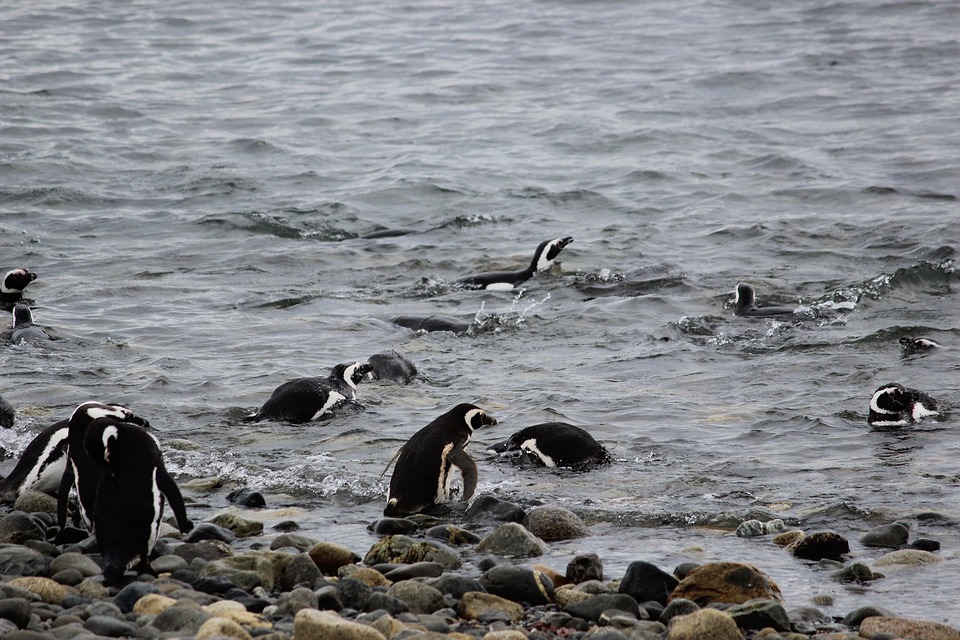Shipping marine fish can be a challenging task, as these delicate creatures are highly sensitive to changes in their environment. However, with proper care and preparation, you can ensure a stress-free journey for your marine fish. In this article, we will guide you through the essential steps to create a stress-free environment for your beloved marine fish during shipping.
1. Proper Packaging and Container Selection
Choosing the Right Shipping Container: Opt for sturdy, leak-proof containers specifically designed for fish transportation. These containers should have secure lids to prevent any accidental openings during transit.
Packing Materials: Line the shipping container with a double layer of plastic bags or a suitable fish bag. Use breathable bags made of fish-safe materials to ensure proper oxygen exchange.
Cushioning and Insulation: Add sufficient padding materials such as foam or bubble wrap to minimize movement and protect the fish from potential temperature fluctuations.
2. Maintaining Water Quality
Water Preparation: Use high-quality seawater or synthetic marine salt mix to maintain optimal water parameters. Ensure the water is at the appropriate salinity and temperature for the specific species being transported.
Oxygenation: Provide adequate oxygenation by using battery-operated air pumps or oxygen canisters. This helps to maintain oxygen levels and reduce stress on the fish.
Water Purification: Consider using a water conditioner to remove harmful chemicals or toxins that may be present in the shipping water.
3. Minimizing Stress Factors
Darkness: Cover the shipping container with a dark material or use opaque containers to reduce stress caused by excessive light exposure.
Noise Reduction: Limit external noise by placing the container in a quiet area during shipping. Loud noises can startle fish and increase stress levels.
Reduce Handling: Minimize physical contact with the fish to avoid causing unnecessary stress. Use gentle, slow movements when transferring the fish into the shipping container.
4. Temperature Regulation
Monitoring Temperature: Maintain the ideal temperature range for your specific marine fish species during shipping. Use insulated containers and temperature control packs to prevent temperature fluctuations.
Heat Packs: In colder weather conditions, include heat packs to maintain the proper temperature. Ensure the heat packs are suitable for fish transport and will not overheat the water.
Cooling Methods: When shipping during hot weather, use cooling methods like ice packs or gel packs to prevent the water temperature from rising too high.
FAQs
Q1. How long can marine fish survive in transit?
A1. The time marine fish can survive in transit varies depending on the species, water temperature, and overall health of the fish. However, most marine fish can survive for up to 24-48 hours in transit if proper care is taken.
Q2. Can I feed my fish before shipping?
A2. It is generally recommended to avoid feeding marine fish for at least 24-48 hours before shipping. This helps reduce the risk of water pollution during transit and minimizes stress on the fish.
Q3. What if my fish arrives stressed or injured?
A3. If your fish arrives stressed or injured, it is essential to acclimate them slowly to their new environment. Gradually introduce them to their new tank and closely monitor their behavior. Provide a stress-free environment with optimal water conditions to aid in their recovery.
Q4. Are there any legal requirements for shipping marine fish?
A4. Yes, shipping marine fish may require compliance with certain legal requirements, such as obtaining permits or adhering to specific regulations. It is crucial to research and understand the legal obligations associated with shipping marine fish in your region or country.
By following these guidelines and taking the necessary precautions, you can create a stress-free environment for your marine fish during shipping. Remember, the well-being of your precious marine fish should be the top priority throughout the entire shipping process.









